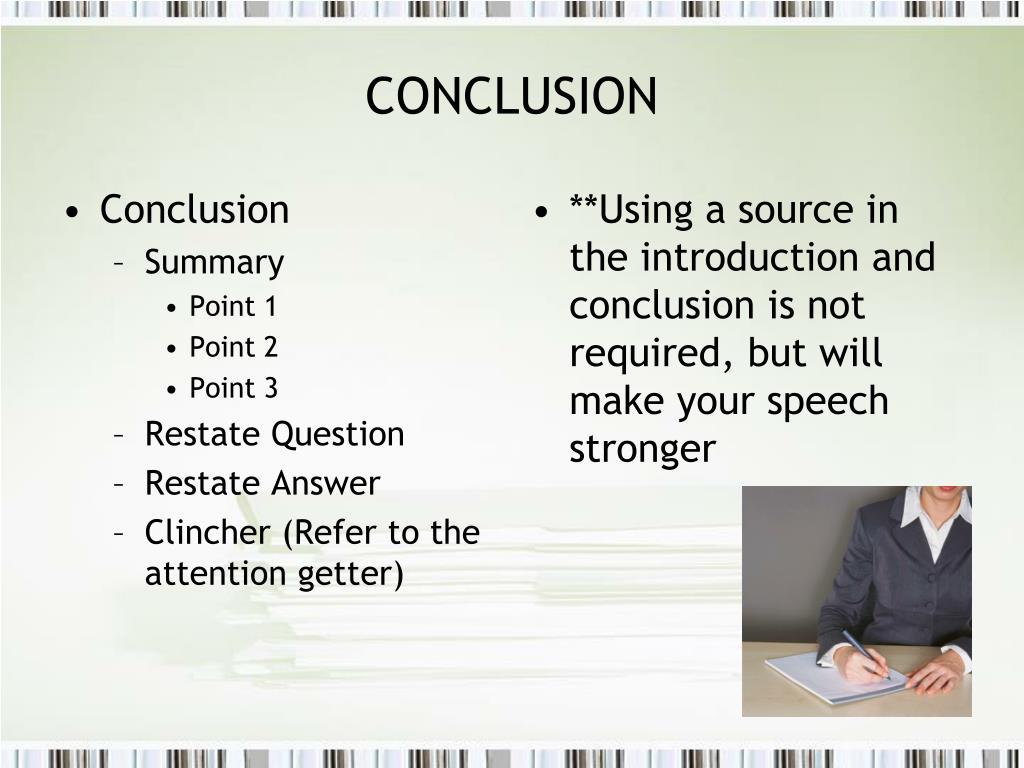

Particularly useful in a speech utilizing a story, this transition can illustrate for the audience progression of time.īefore, earlier, immediately, in the meantime, in the past, lately, later, meanwhile, now, presently, shortly, simultaneously, since, so far, soon as long as, as soon as, at last, at length, at that time, then, until, afterwardĪn addition or additive transition contributes to a previous point.

It can illustrate order or steps in a logical process.įirst…second…third, furthermore, next, last, still, also, and then, besides, finallyĪ time transition focuses on the chronological aspects of your speech order.
#Signpost speech series
It can remind an audience of a previous point and reinforce information covered in your speech.Īs I have said, as we have seen, as mentioned earlier, in any event, in other words, in short, on the whole, therefore, to summarize, as a result, as I’ve noted previously, in conclusionĪ sequence transition outlines a hierarchical order or series of steps in your speech. Stop and consider, we can now address, next I’d like to explain, turning from/to, another, this reminds me of, I would like to emphasizeĪn internal summary briefly covers information or alludes to information introduced previously. Signposts or signal words draw attention to themselves and focus the audience’s attention. If we look ahead to, next we’ll examine, now we can focus our attention on, first we’ll look at, then we’ll examineĪ signpost alerts the audience that you are moving from one topic to the next. It can forecast or foreshadow a main point coming in your speech. Table 12.7 Types of Transitions in Speeches TypeĪn internal preview is a brief statement referring to a point you are going to make. Depending your purpose, transitions can serve different roles as you help create the glue that will connect your points together in a way the audience can easily follow. They can also show the relationship between the main point and the support the speaker uses to illustrate, provide examples for, or reference outside sources. Transitions are used by the speaker to guide the audience in the progression from one significant idea, concept or point to the next issue. They are often described as bridges between ideas, thought or concepts, providing some sense of where you’ve been and where you are going with your speech. are words, phrases, or visual devices that help the audience follow the speaker’s ideas, connect the main points to each other, and see the relationships you’ve created in the information you are presenting. Transitions Bridges between ideas, thoughts or concepts words, phrases, or visual devices that help the audience follow the speaker’s ideas, connect the main points to each other, and see the relationships in a speech.
#Signpost speech how to
Another is to consider how to position them securely to rest on a solid foundation, have sufficient connection to each other that they become interdependent, and to make sure they stay where you want them to so your house, or your speech, doesn’t come crashing down. In the same way, the columns or beams are like the main ideas of your speech, and identifying them is one important step. Could the columns and beams hold your roof in place without anything to keep them from falling down? Of course not. If you were going to build a house, you would need a strong foundation.


 0 kommentar(er)
0 kommentar(er)
